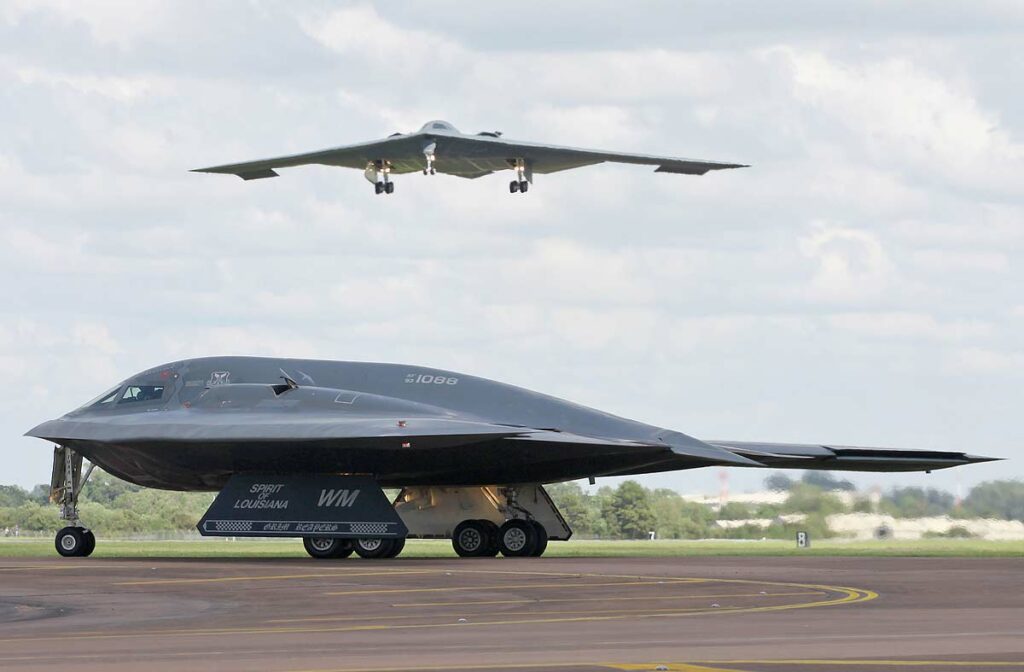
The United States has launched strikes against two facilities in Syria, identified as linked to Iranian-backed militias, in response to attacks on their forces. These actions, described as defensive, are part of a complex strategy to balance deterrence against Iran with non-escalation of the conflict between Israel and Hamas.
Background to the US strikes
In response to more than a dozen attacks on US forces in the region, the US military targeted two facilities in eastern Syria. According to Defense Secretary Lloyd Austin, these sites were used by Iran’s Islamic Revolutionary Guard Corps and affiliated groups.
The nature of the targets and the attacks
The facilities targeted near Abu Kamal in Syria included a weapons storage area and an ammunition storage area. The strikes were carried out by two American F-16 fighter jets. These actions follow 19 rocket and drone attacks on U.S. forces and bases in Iraq and Syria since October 17, injuring 21 service members and resulting in the death of a U.S. contractor from a heart attack.
Defense and Deterrence Strategy
The Biden administration is seeking to dissuade Iran from targeting US forces, while avoiding exacerbating the conflict between Israel and Hamas. Increasing the presence of US troops and air defenses in the Middle East is part of this strategy. Some 900 US troops are stationed in Syria and 2,500 in Iraq, helping local forces fight Isis.

Implications and consequences
A delicate balance in the region
These US strikes illustrate the challenge of maintaining a balance in a region marked by multiple tensions. On the one hand, the United States must protect its forces against Iranian aggression, and on the other, avoid an escalation of the Israeli-Palestinian conflict.
Effects on the Israeli-Palestinian conflict
The strikes come as Israel prepares for a ground operation in the Hamas-controlled Gaza Strip. Although distinct, these actions could indirectly influence the dynamics of the conflict between Israel and Hamas.
Risk of regional escalation
The US military high command has made clear its desire not to expand or escalate the conflict. However, military interventions, even defensive ones, always carry a risk of escalation, especially in such a volatile region.
Reinforced defences
In response, Washington has increased its military presence in the region. This includes the deployment of additional air defense systems and the dispatch of troops to operate them, demonstrating US readiness for a possible escalation.
Reaction from Iran and affiliated groups
Iran and its allied militias could interpret these strikes as a provocation, potentially leading to retaliation. Their future reactions remain a critical element in the evolution of the situation.
The strikes could also affect US diplomatic relations with other nations in the region and beyond, particularly with regard to the Iran nuclear negotiations and efforts to maintain regional stability.
U.S. strikes in Syria, while presented as a defensive response to aggression, are part of a complex and potentially unstable geopolitical context. As the US seeks to protect its interests and personnel, managing the repercussions and preventing escalation in an already tense region is crucial. Time will tell whether these strikes will contribute to a détente, or mark the beginning of a period of heightened tension in a strategically sensitive region.